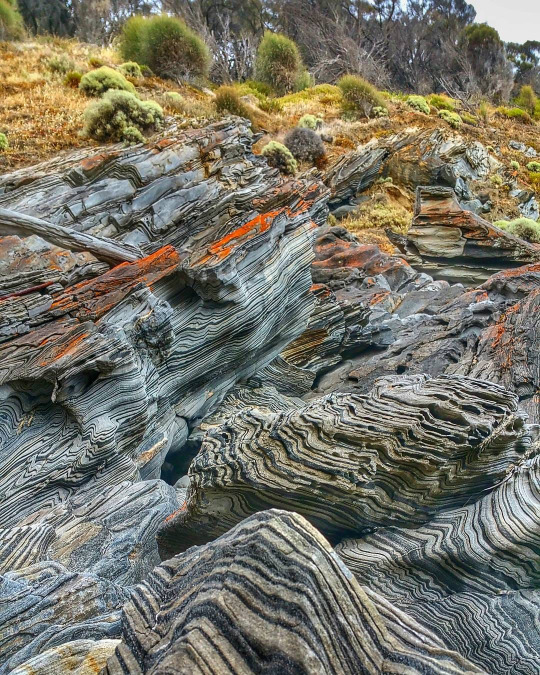#schist
Explore tagged Tumblr posts
Text

Zebra Schist outcrop, Kangaroo Island, South Australia.
Photo ©️ landscapeofsa
794 notes
·
View notes
Text

Sculpture (green schist) of the seated Buddha, 3rd or 4th century CE, in the Gandhara style characterized by a blend of Hellenistic and South Asian influences. This sculpture is believed to come from Barikot in present-day Pakistan. Now in the Matsuoka Museum of Art, Tokyo, Japan.
#art#art history#ancient art#Buddha#Buddhism#Buddhist art#Gandhara#South Asia#South Asian art#sculpture#schist#stonework#Matsuoka Museum of Art
76 notes
·
View notes
Text
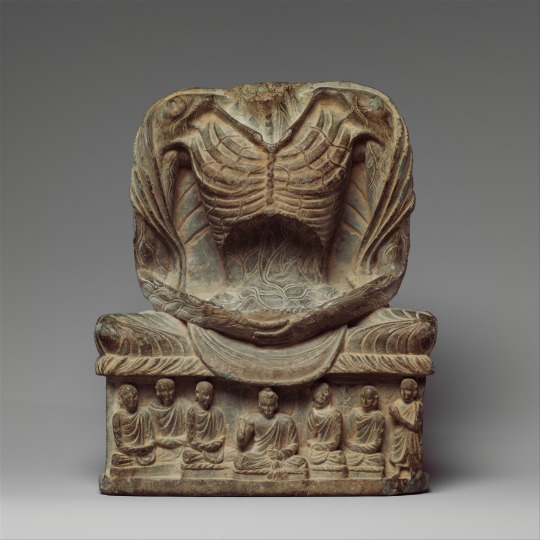
Fasting Buddha Shakyamuni
Pakistan (ancient region of Gandhara), 3rd–5th century
After reaching enlightenment at Bodhgaya, Shakyamuni meditated and fasted for forty-nine days. Thus, showing him as an emaciated renouncer relates to his enlightenment and his status as a yogic ascetic who has ultimate control over his body. Other characteristics that relate to his enlightenment include the kusha grass on which he sits and the scene on the base, which shows the Buddha's first sermon, at Sarnath.
276 notes
·
View notes
Text

One needs good hiking muscles to navigate Piodao. The town map has the usual four directions: West/East and Up/Down.
#piadao#portugal#mountains#photographers on tumblr#original photographers#landscape#photography#terraces#schist#village
71 notes
·
View notes
Text


vengeance
25 notes
·
View notes
Text



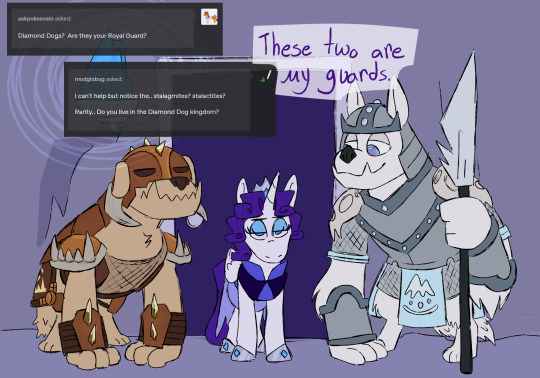
@ask-pinkie-polkadot-pie @ask-narratordoe @foodielovethealicorn @a-spoonful-o-generosity @askpokeeosin @modglobug @bexdrey
#yes yes more characters#no i can't control myself#and theres nothing you can do to stop me mwahahahaa#also i am NOT beating the “kazz likes complicated armor” allegations god damn#princess rarity#ask blog#ask princess rarity#mlp ask blog#pony ask blog#Schist#Courageous#Sweetie Belle
80 notes
·
View notes
Text


I made some little Christmas cards for my geo friends, so I figured I’d post them here :) feel free to use them (just please don’t claim them as your own)
#I thought they were cute lol#geology#minerals#christmas#schist#gneiss#merry christmas#happy holidays#metamorphic rocks#christmas cards#naughty or gneiss#merry schistmas
16 notes
·
View notes
Text

Ultra Shiny Silver Muscovite Stone From The West Of Ireland
This is a really nice muscovite mica schist stone I have for sale in my store at the moment :)
It's a stunning gem found in an enchanted mountain stream. With its striking metallic luster, this piece captures light in a way that's capivating beyond words. Muscovite is renowned not only for its beauty but also for its powerful spiritual properties. Believed to enhance intuition, promote emotional balance, and aid in communication, this stone can be a valuable ally on your spiritual journey.
What is Muscovite Schist?
Muscovite schist is a type of metamorphic rock that is primarily composed of muscovite, a silicate mineral known for its shiny, reflective qualities. Schist forms under high pressure and temperature conditions, causing the minerals within it to realign and create a foliated texture, which means the rock has distinct layers or bands.
In muscovite mica schist, the presence of muscovite gives the rock its characteristic metallic sheen and can often result in a beautiful array of colours, ranging from silver to grey and even greenish hues. This rock is often used in various applications, including the creation of jewellery due to its aesthetic appeal.
If you'd like this stone, it can be purchased here :)
Have a lovely day!
#crystal healing#crystal shop#crystals#etsyseller#etsyshop#etsystore#reiki#reikienergy#reikihealing#muscovite#mica#schist#geology#metamorphic#rocks and minerals#rocks#rock hounding#rock collection#rock shop#mineral collection#minerals#crystal collection#silver#metallic#mountains
8 notes
·
View notes
Text
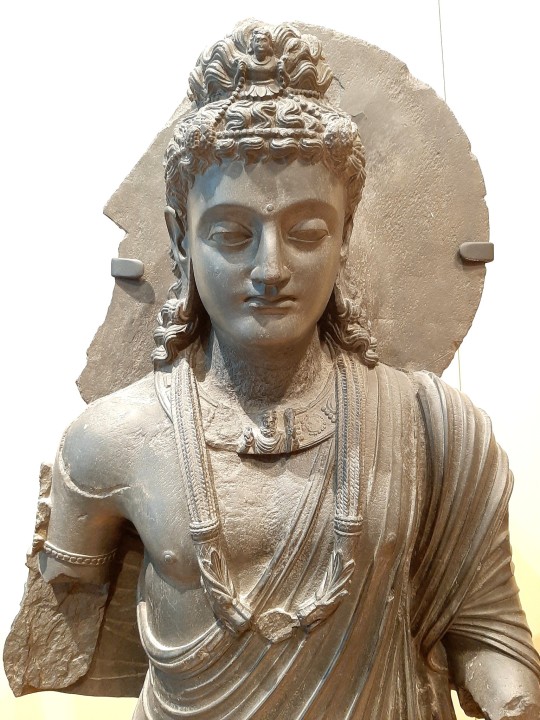
Standing bodhisattva
Gandhara, Pakistan
Grey schist
Kushan period, 3rd century
193 notes
·
View notes
Text
Best Curse Word Tournament!
schist (English) /ʃɪst/ 1. a coarse-grained metamorphic rock which consists of layers of different minerals and can be split into thin irregular plates 2. euphemism for “shit”
kacke verdammte (German) /ˈkakə fɛɐ̯ˈdamtə/ literally, “damned shit”
54 notes
·
View notes
Text




Jokes That Only Geologists Will Fully Understand 😀😎😀
Geology Giggles: Show Us Your Rock-Solid Jokes! In The comments 🪨
257 notes
·
View notes
Text

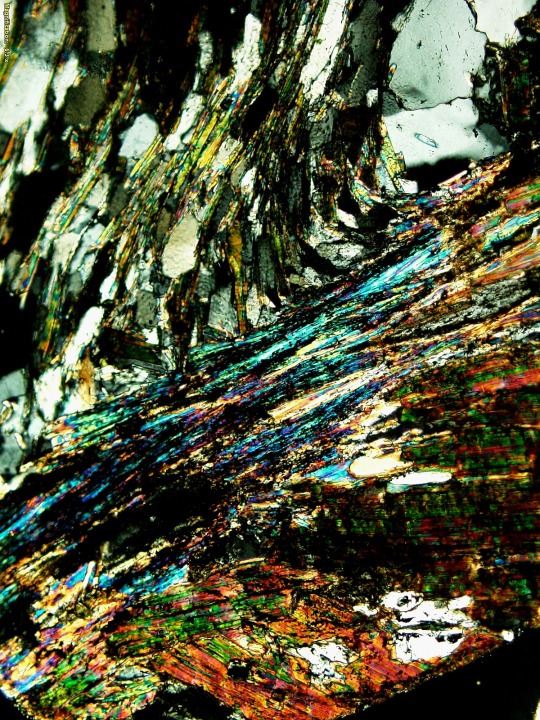
🥺 Got a really sweet ask just now, so I went and dug up some oldies. Pic on the right is some really nicely foliated schist! Pic on the left is actually of concrete in thin section. The concrete paste shows as a dark matrix in cross-polar (usually), while the rocks mixed in as filler show normally! Shist is the center-focus of that picture, but quartz grains are scattered around the edge as well.
67 notes
·
View notes
Text

Up hill
#piodao#schist#portugal#photographers on tumblr#original photographers#landscape#mountain#village#photography
30 notes
·
View notes


